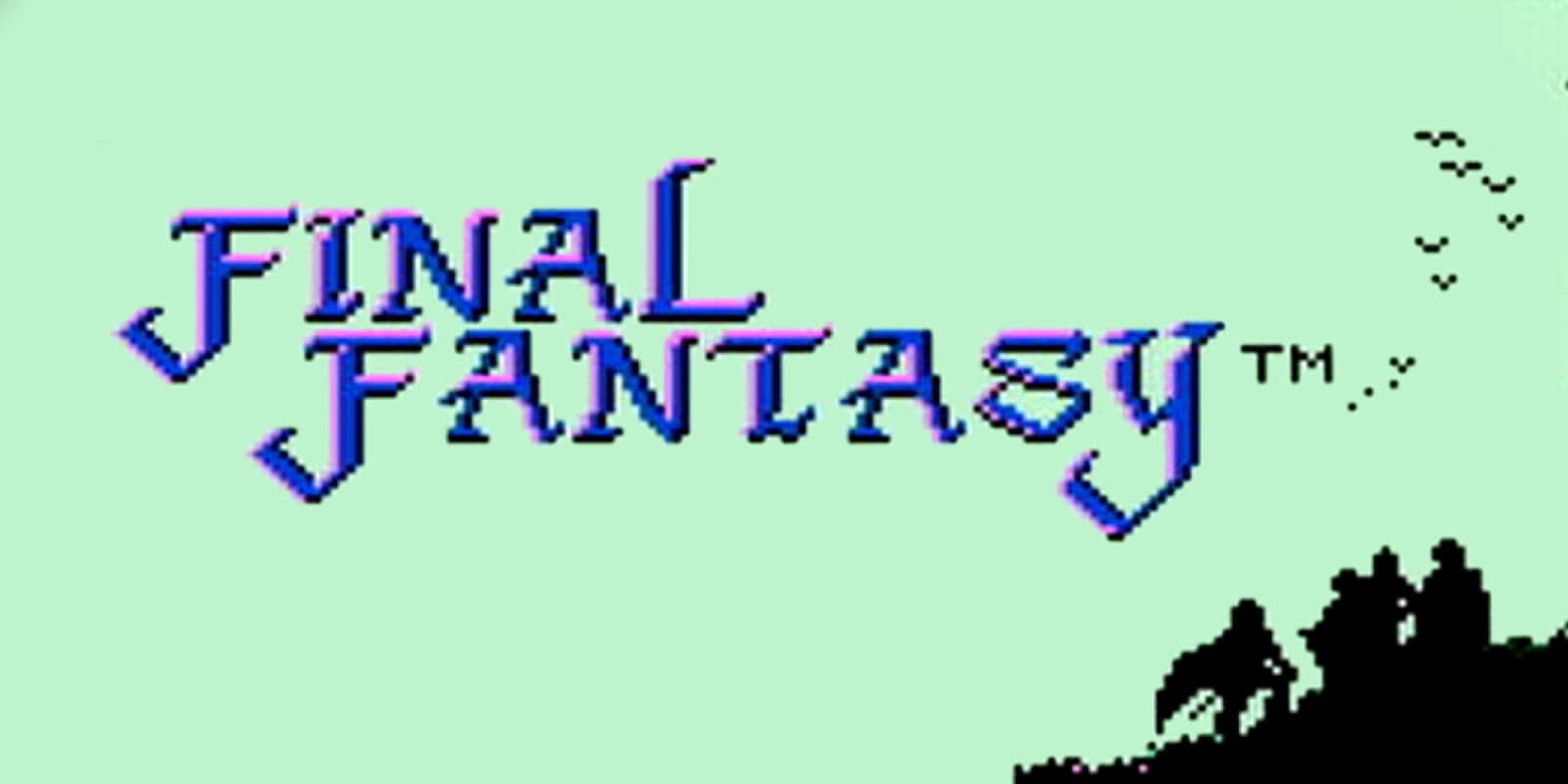Though the settings and heroes featured in each game vary from entry to entry, the Final Fantasy series remains the preeminent name in JRPG franchises thanks to one key similarity each game shares. In terms of role-playing games, few franchises are as synonymous with compelling narratives, jaw-dropping visuals, and innovative mechanics as Final Fantasy. This rich tradition of quality that carries throughout almost the entire run of the series is what has helped the franchise remain one of the most important and iconic names in all of gaming.
Ironic, then, that the first game in the series was almost the nail in its coffin, and were it not for the success of the original Final Fantasy who knows what the gaming landscape today might look like. Not only have the Final Fantasy games themselves been hugely influential on entire generations of game developers, but their console releases have helped to drive the consumer adoption of hardware and ultimately helped steer the course of the “winners” in each console generation. The Final Fantasy franchise has about as much bearing on the game industry as each game’s heroes have on saving their respective worlds from overwhelming crises.
1987-1990: Origins and Initial Trilogy
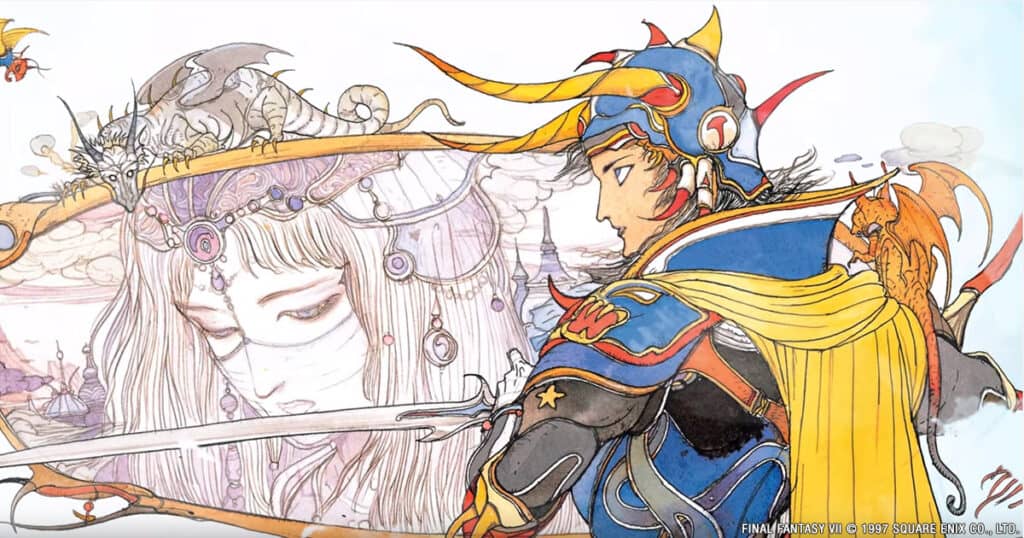
©Original concept art for Final Fantasy from Yoshitaka Amano
An offshoot of a Japanese electronics company, Square’s founding in 1986 could not have come at a more perfect time. The Famicom had just received an expansion that year in the Famicom Disk System, and the peripheral’s flagship title was a little game that’s now, well, legendary — The Legend of Zelda. Later that same year, Enix released Dragon Quest, which went on to be one of the most successful games of the year and a cultural phenomenon in Japan. And, in the West, the NES (the Western version of the Famicom) was helping to revitalize a dead industry and quickly becoming the most in-demand entertainment device on the market.
Taking inspiration from Dragon Quest, young programmer and original Square employee Hironobu Sakaguchi decided to design an RPG for Square that would serve as the company’s last title before declaring bankruptcy. Though the legend goes that these circumstances contribute to the game being named “Final Fantasy”, Sakaguchi himself has gone on record noting that the development title for the game was always “FF”, and any combination of words using those letters would have sufficed. As it turns out, the game was far from the final Final Fantasy.
The original game in the series was a massive success, and quickly helped to thwart any need for Square to exit the games business and declare bankruptcy. Two sequels quickly followed, and each game would introduce new mechanics and stories to players, cementing the series as an anthology RPG franchise mixing both high fantasy and science fiction.
1990-1995: The Leap to 16-Bit and Looking to the Future
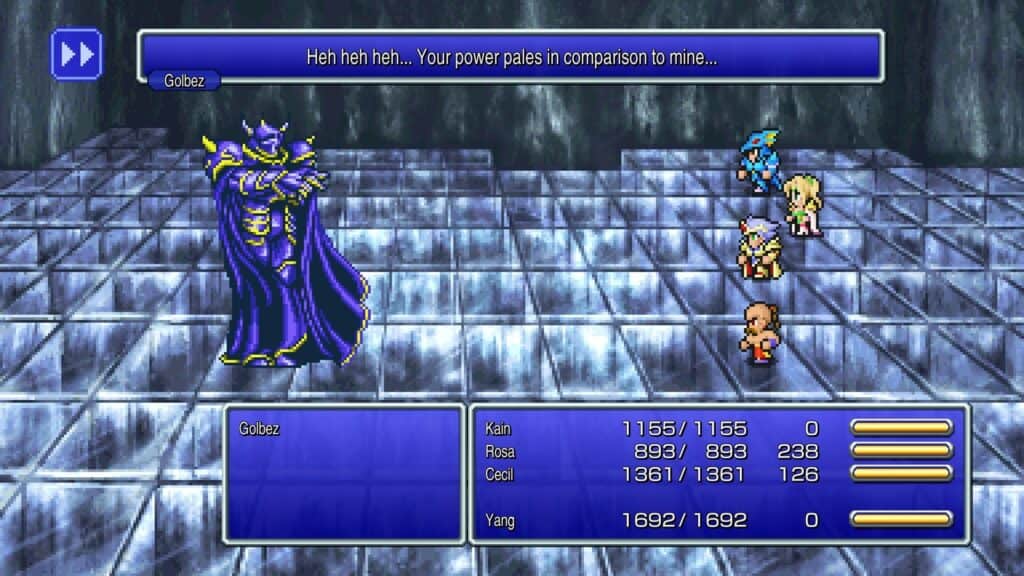
Despite the success of the original Final Fantasy, the extensive process of localization at the time meant that it wouldn’t arrive in the West on the NES until 1990. In the intervening years, Square had released both Final Fantasy II and Final Fantasy III and were now eyeing Nintendo’s in-development follow-up to the Famicom — the Super Famicom. The Super Famicom would be released in Japan in 1990, quickly arriving in the West a year later in 1991 as the SNES. Thanks to Square’s decision to not localize the second and third games in the franchise, Final Fantasy IV would receive a localization concurrent with its development, and the game was available as Final Fantasy II on the SNES at launch.
In many ways, Final Fantasy IV was a massive leap forward from the original trilogy of games, greatly expanding the narrative thanks to the advancements in visuals, music, and dialogue. Additionally, the creation of the Active-Time Battle system (ATB) would completely revolutionize the series moving forward. The next game in the franchise, Final Fantasy V, saw its development begin as production on Final Fantasy IV was wrapping, prompting Square to decide to skip its localization in favor of focusing on FFVI.
Final Fantasy VI released in 1994 in both Japan and the West, and many fans still consider it to be both the best game in the franchise as well as one of the greatest RPGs of all-time. Following the game’s massive success, Square began to look to the future of where the games industry was heading. Sensing a need to move to the CD-ROM format to fulfil the series’ creative vision, 1995 would see Square make a decision that would affect the history of video games as we know it.
1997-2000: The ‘Golden Era’ of the Franchise
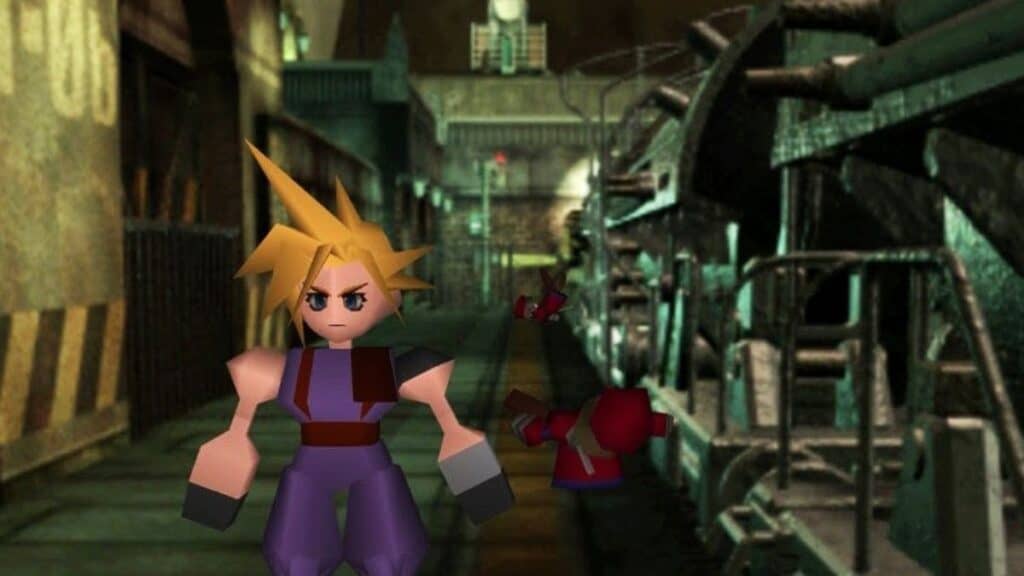
©Final Fantasy VII gameplay
Though there’s plenty of information available on the subject now, the early ’90s were host to several behind-the-scenes movements in the games industry that most fans were completely unaware of at the time. Principal among these is the plan for Nintendo to partner with consumer electronics manufacturer Sony to produce a disc drive add-on for the SNES/Super Famicom. The CD-ROM format was quickly becoming ubiquitous within media, and there were signs that games might adopt the CD-ROM to utilize the format’s expanded memory capabilities. However, the mixed success of the Sega-CD add-on gave Nintendo cold feet at the last minute, prompting them to unceremoniously nix the partnership with Sony.
This decision would anger then-Sony president Norio Ohga, who would (under suggestion from future Sony Interactive Entertainment president Ken Kutaragi) make the call for Sony to move full-steam ahead with their own console. This machine was, of course, the PlayStation, and the timing of its reveal lined up perfectly with Square’s plans for Final Fantasy‘s future. In another move that completely shocked the industry, Square signed an exclusive agreement to bring Final Fantasy VII to the PlayStation after years of a successful partnership with Nintendo. The rest, as they say, is history.
Final Fantasy‘s transition to 3D is one of the most important and successful examples of a former 2D franchise moving into the future, along with both Super Mario and The Legend of Zelda‘s excellent first 3D outings. The trilogy of Final Fantasy games on the PlayStation are some of the most-loved and successful games in the entire series, and Final Fantasy VII is undoubtedly responsible for helping to sell millions of PlayStation consoles, cementing the machine as the “winner” of the console wars during the 5th generation.
2001-2006: Final Fantasy Charts New Frontiers
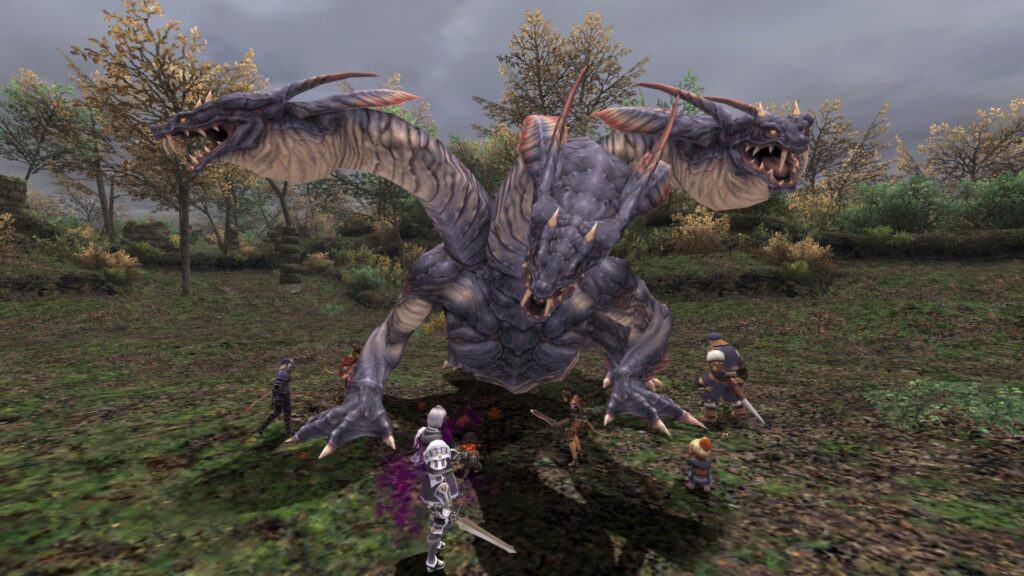
The partnership between Square and Sony was so successful that it was practically a given the two would partner exclusively again with the PlayStation 2 to bring an entirely new slate of series entries to fans. The first of these was 2001’s Final Fantasy X, which began its development shortly after the release of Final Fantasy VIII. As the 10th game in the series as well as the initial game in the franchise to arrive on the PS2, Final Fantasy X takes several risks that help it to stand out among the rest of the mainline entries. In addition to having some of the most effective and impactful storytelling and music, the game’s use of a southeast Asian-style setting is unique in a series known for medieval European aesthetic.
Perhaps the most seismic shift of the series would arrive in 2002 with the release of Final Fantasy XI, the first massively-multiplayer online (MMO) game in the franchise. Releasing on both PC and PS2 (and later, Xbox 360), Final Fantasy XI would quickly gain traction as one of the more successful MMORPGs in the pre-World of Warcraft era, and the game surprisingly still has a dedicated community of players to this day. Despite the series being mostly known for single-player experiences, the gamble to bring Final Fantasy online is one that paid off for Square.
2006 saw the release of another mainline entry, this time the 12th game in the series and the last one to launch on the PS2 — Final Fantasy XII. Following the successful launch of Final Fantasy XII, Square would place all its resources on an ambitious project that would almost be its (and the franchise’s) undoing.
2007-2013: The Series Loses Some Steam

The 2006 Electronic Entertainment Expo (E3) saw Square unveil its ambitious new plan for the Final Fantasy series in the form of the Fabula Nova Crystallis collection of games, beginning with the development and eventual release of Final Fantasy XIII. The project was intended to be a way to connect several different games, both mainline and spin-off titles, as part of a shared universe with intertwined narratives, and it was to be the most ambitious shake-up the series had experienced since its transition to 3D in 1997.
Multiple issues with development of Final Fantasy XIII (including trying to work around the notoriously difficult architecture of the PS3) led to the game not releasing until 2009 in Japan and 2010 in the West. Despite Final Fantasy XIII being the fastest-selling game in the series in Japan, sales quickly hit a plateau thanks to the mixed reception to the game and its more linear approach to the franchise’s trademark qualities. 2010 also saw the launch of the next online game in the series, Final Fantasy XIV, which was such a colossal disaster that Square deactivated the servers to rework and relaunch the game.
Concurrent with these two missteps was the protacted development of a game initially revealed as Final Fantasy Versus XIII, which would quickly spiral out of its projected release date time and again. This dark period for the franchise is capped of with one silver lining, which is the relaunch of Final Fantasy XIV as FFXIV: A Realm Reborn.
2014-2023: The Modern Era and Return to Form
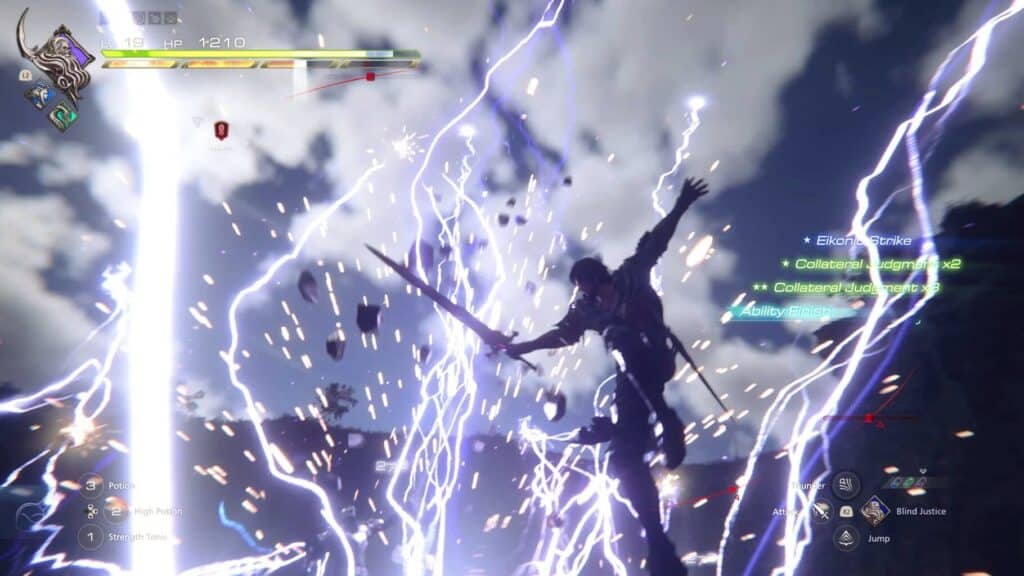
The relaunch of Final Fantasy XIV continues to be one of the best critical and financial moves on Square’s part, resulting in the most successful mainline title in the franchise. Concurrent with Final Fantasy XIV‘s relaunch is the rebranding of Final Fantasy Versus XIII as the next mainline entry in the series. Releasing in 2016 for PlayStation 4 and Xbox One, Final Fantasy XV stands as the final entry in the ill-fated Fabula Nova Crystallis anthology, though the game is significant for one major reason. Final Fantasy XV definitively steps into real-time action territory, which would directly impact the development and design of the next mainline entry.
Between the release of FFXV and the next mainline game in the series, Square Enix would make good on a promise from years prior by unveiling and then releasing a ground-up remaking of the most popular game in the franchise — Final Fantasy VII. The Final Fantasy VII Remake project aimed to be a massive restructuring of the original title, dividing up the game into three separate releases and elaborating greatly on the characters and conflict at the center of its narrative. The first game in the trilogy would release in 2020 to widespread critical acclaim and positive fan reception, proving the timeless quality of Final Fantasy VII.
The most recent game in the franchise would arrive in 2023 in the form of Final Fantasy XVI, coming from many of the same team members behind the massively successful Final Fantasy XIV. XVI marks the series’ first use of genuine real-time action combat instead of turn-based menu commands like the classic games, and it establishes the franchise’s continued willingness to experiment and push the envelope of what the series is capable of.
